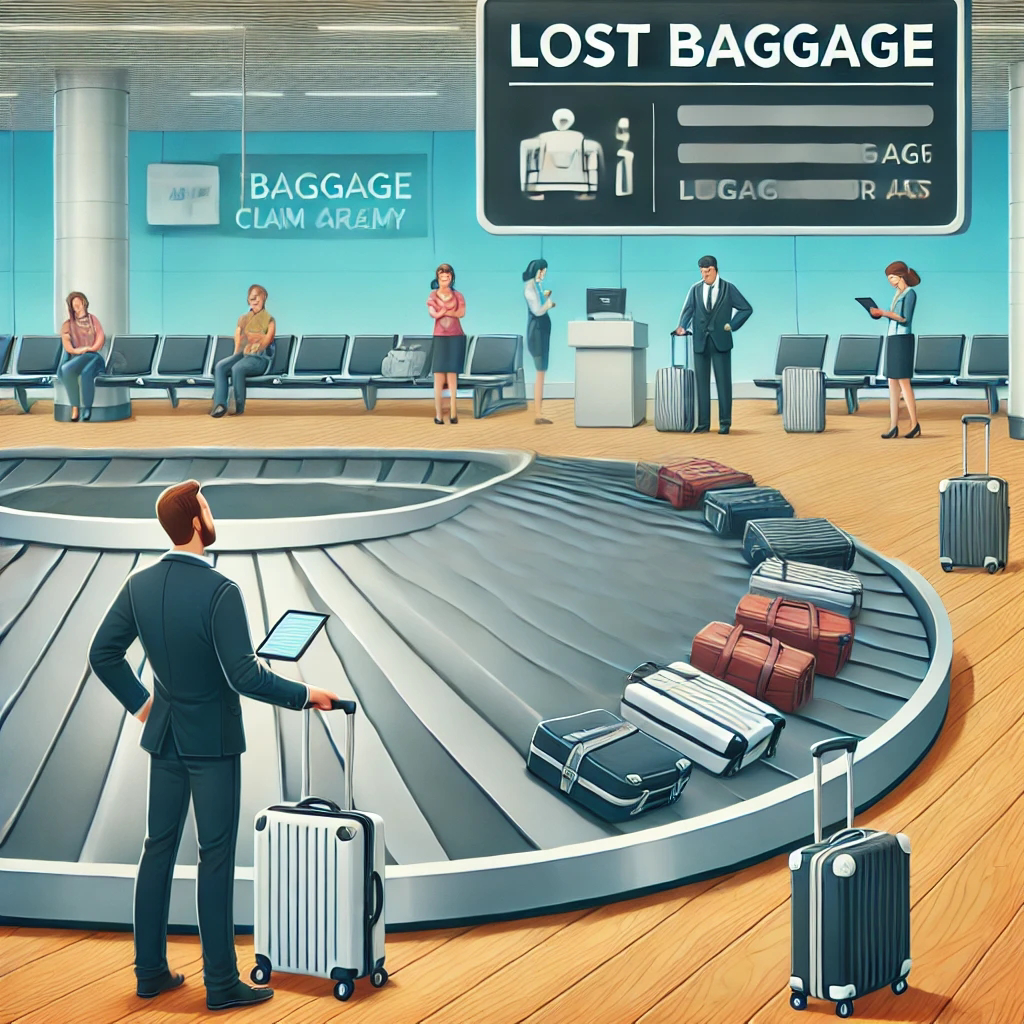Why Airplane Food Tastes Different: The Science Behind In-Flight Meals
Have you ever noticed that food tastes different when you're on a plane? Whether it's a gourmet meal in first class or a simple snack in economy, in-flight food never seems to taste the same as it does on the ground. But why? The answer lies in science, altitude, and cabin conditions.
1. How Altitude Affects Your Taste Buds
At 35,000 feet, the environment inside an airplane is very different from what we experience on the ground. Here’s how it affects our sense of taste:
Lower humidity – Airplane cabins have less than 20% humidity, drying out our noses and mouths, which reduces our ability to taste and smell food.
Air pressure changes – The reduced air pressure dulls our taste receptors, making food seem bland.
Background noise – Studies show that loud engine noise can affect how we perceive taste, especially making foods seem less salty or sweet.
2. Sweet and Salty Flavors Weaken in the Air
Researchers found that our ability to taste salt drops by up to 30% and sweetness by up to 20% while flying.
However, umami flavors (savory tastes like tomatoes, mushrooms, and soy sauce) remain strong, which is why airlines often serve dishes like tomato-based pasta or stews.
3. How Airlines Modify Their Menus
To make food more enjoyable, airlines make adjustments:
Pre-seasoning meals – More salt, sugar, and spices are added to enhance flavor.
Serving umami-rich foods – Airlines use ingredients like mushrooms, tomatoes, and soy sauce to boost taste.
Adjusting for reheating – Since food is prepared in advance and reheated mid-flight, meals are designed to retain moisture and flavor.
4. The Role of Airplane Tableware
Even the way food is served can impact taste perception:
Studies show that metal cutlery enhances the perception of quality and flavor.
Plastic utensils can sometimes alter the way food tastes.
Presentation matters—even in economy class, better food plating can improve the dining experience.
5. First Class vs. Economy: Is There a Difference?
Yes! First-class and business-class passengers often get better meals because:
They use higher-quality ingredients and fresher produce.
Meals are often prepared by celebrity chefs.
Some airlines allow on-demand dining, meaning food is served fresh instead of reheated in bulk.
6. How to Make Airplane Food Taste Better
If you want to improve your in-flight dining experience, try these tips:
Stay hydrated – Drink plenty of water to keep your taste buds active.
Avoid alcohol – Alcohol dehydrates you further, worsening taste perception.
Chew gum or eat mints – This can help refresh your palate.
Bring your own snacks – Something flavorful like nuts, dark chocolate, or spicy chips can be more satisfying.
The next time you fly, pay attention to how your meal tastes. Airlines go to great lengths to adapt food for high-altitude dining, but the cabin environment still plays a huge role. Now that you know the science behind it, does airplane food taste better or worse to you?
Let’s discuss in the comments!




Comments
Post a Comment